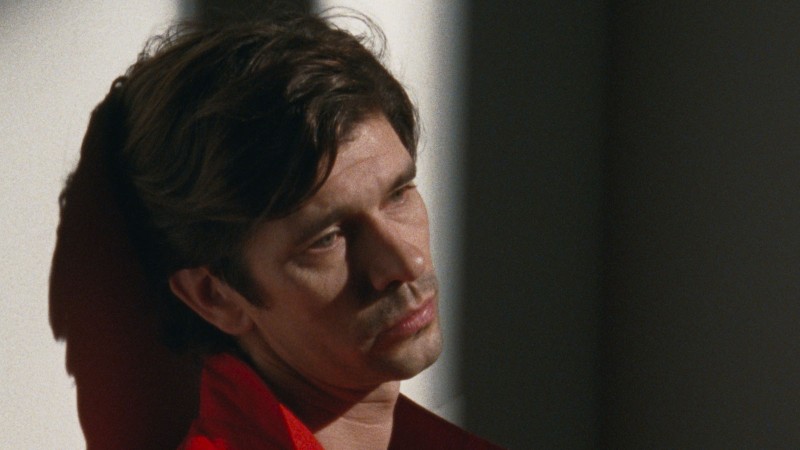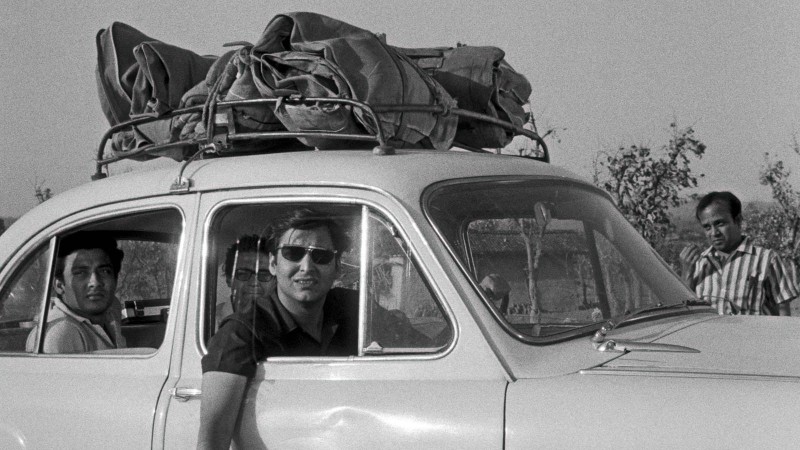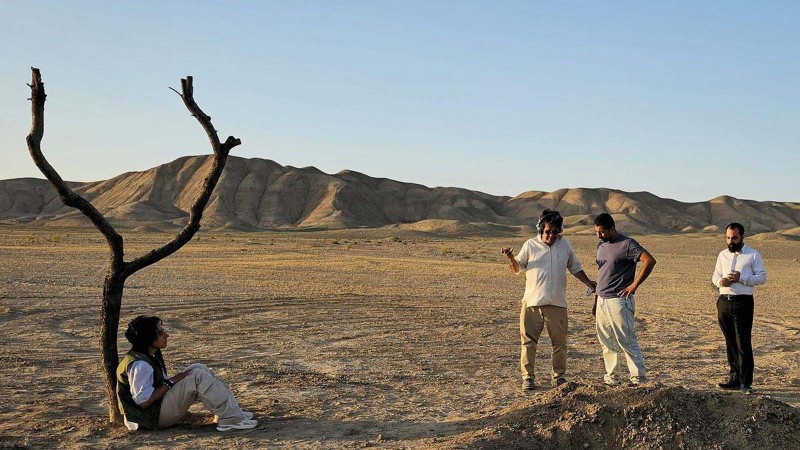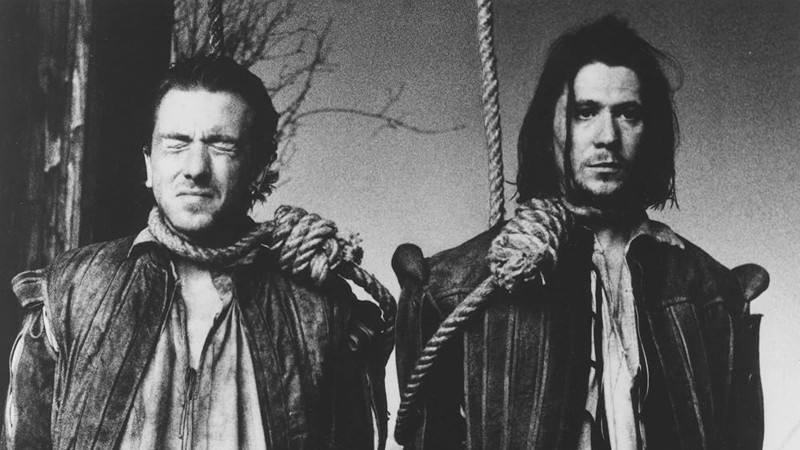Jim Jarmusch’s The Dead Don’t Die

Polar fracking has thrown the planet Earth off its axis, radio signals have gone mute, the sun won’t set on time, and in the town of Centerville, population 738, the dead have begun to claw themselves free from their graves. An opening sequence set in the town’s cemetery is the first of several overt homages to George A. Romero and his groundbreaking horror classic Night of the Living Dead (1968) in Jim Jarmusch’s The Dead Don’t Die. The zom-com, which has launched not only this year’s Cannes Film Festival but also its competition, has been met with a first round of mildly appreciative reviews. No one hates it, but so far, no one loves it, either.
The Dead Don’t Die’s closest cousin in an oeuvre that stretches back to 1980’s Permanent Vacation would be Jarmusch’s vampire movie, Only Lovers Left Alive (2013). Tilda Swinton, one of that film’s blood-sucking leads, is a samurai sword-wielding Scottish coroner in Dead, and for many, she’s the liveliest source of laughs in an otherwise deadpan cast that reunites Jarmusch with many of the actors and musicians he’s worked with in the past. Bill Murray (Broken Flowers) is the hapless police chief, Cliff Robertson, perhaps named for the Hollywood actor who leaned into his expressionlessness as he aged into roles in films by Brian De Palma, Bob Fosse, and John Carpenter. Cliff’s deputies are played by Adam Driver as Ronnie Peterson, whose name echoes the titular character he played in Paterson (2016), and Chloë Sevigny (again, Broken Flowers) as Mindy Morrison, the scream queen of Centerville.
Tom Waits (Down by Law) is Hermit Bob, growling a running commentary on the town that “sold its soul for a Gameboy.” The local diner is run by Lily (Eszter Balint, Stranger Than Paradise) and Posie (Rosie Perez, Night on Earth), and the first zombies to walk in are played by filmmaker Sara Driver, Jarmusch’s partner and frequent collaborator, and punk icon Iggy Pop (Coffee and Cigarettes, Gimme Danger). Not only is Dead something of a family affair, it’s also “a cornucopia of cinephilic references,” as Richard Porton points out at the Daily Beast. Centerville itself, he suggests, is “a sly tribute to the redneck-ridden burg enshrined in the late Frank Zappa’s 200 Motels, an allusion that will probably go over the heads of all but a small coterie.” At Vulture, Rachel Handler lists the many ways in which the film takes pot shots at the fourth wall as well, perhaps most blatantly when Driver’s Ronnie says he knows all this won’t end well—because he’s read the screenplay. “It’s as if Jarmusch were doing a self-aware riff on self-aware riffing,” writes the A.V. Club’s A. A. Dowd. “It gets old fast.”



